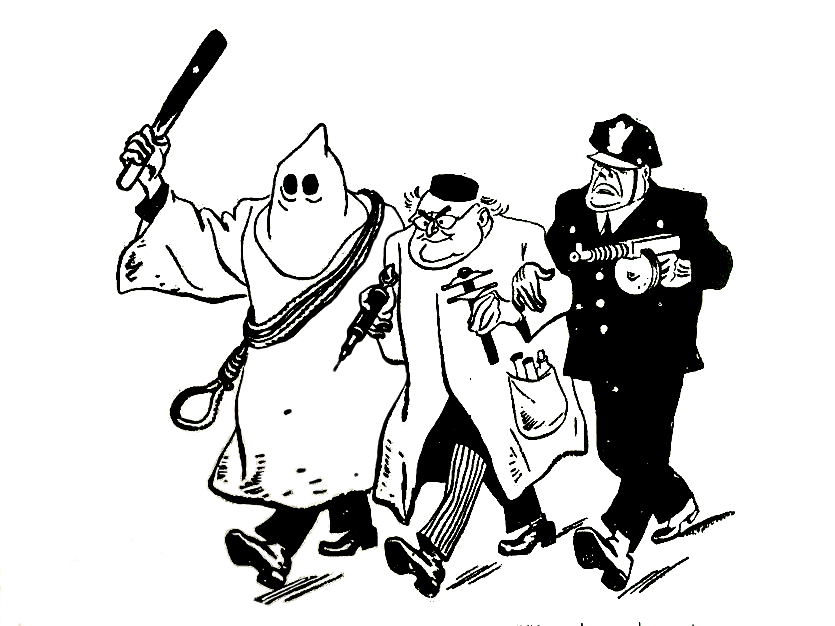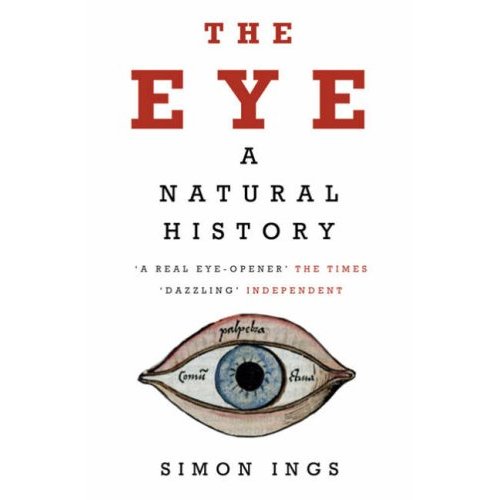Category Archives: fact
Wednesday 2 November at Pushkin House

Marcel Theroux and I are chatting about Soviet science and Stalinism at Pushkin House. This is where I first lectured (long before I had earned my licence) and without this opportunity to talk my ideas through, Stalin and the Scientists would never have got written. So it’s their fault.
It’s a ticketed event: details here
A visit to the circus
Talk, 25 September: Stalin and his scientists visit Hampstead
On Sunday 25 September at 1:00pm I’ll be speaking to writer Marcel Theroux about Stalin and the Scientists, and explaining how a handful of impoverished and underemployed graduates, professors and entrepreneurs, collectors and charlatans, bound themselves to a failing government to create a world superpower.

Tickets are £10 from JW3, the London Jewish Cultural Centre. Part of the Hampstead and Highgate Literary Festival 2016
The Eye: a Natural History
This is a book about the nature of the eye. It is about all the eyes that are, and ever have been, and may yet be. It is about how we see the world, and how other eyes see it. It is about what happens to the world when it is looked at, and about what happens to us when we look at each other. It is about evolution, chemistry, optics, colour, psychology, anthropology, and consciousness. It is about what we know, and it is also about how we came to know it. So this is also a book about personal ambition, folly, failure, confusion, and language.
You can buy The Eye: A Natural History at Amazon.co.uk
Amazon.com has the American edition, A Natural History of Seeing
UK: Bloomsbury. 1st hardback edition, March 2007
UK: Bloomsbury. Paperback, January 2008
Germany: Hoffman und Campe, April 2008
USA: Norton, October 2008
Italy: Einaudi, October 2008
Japan: Hayakawa, 2008
Portugal: Aletheia, 2008
The Eye: what the reviewers said
Doug Johnstone, The Times, March 10, 2007
Graham Farmelo, Sunday Telegraph, March 24
P D Smith, the Guardian, June 2
Marcus Berkmann, The Spectator, March 31
(requires subscription; the review has been reprinted here)
Gail Vines, the Independent, April 25
Robert Hanks, the Telegraph, March 18
There are fascinating facts galore: our eyes are never still, for example. As well as entertaining, it’s philosophically profound: showing how our eyes, far from simply absorbing the world, are tools with which we construct our own reality.
Katie Owen, the Sunday Telegraph, 27 January 2008
Hermione Buckland-Hoby, the Observer, January 27
Ross Leckie, The Times January 25
Ian Critchley, The Sunday Times, January 27
the Telegraph, February 2


